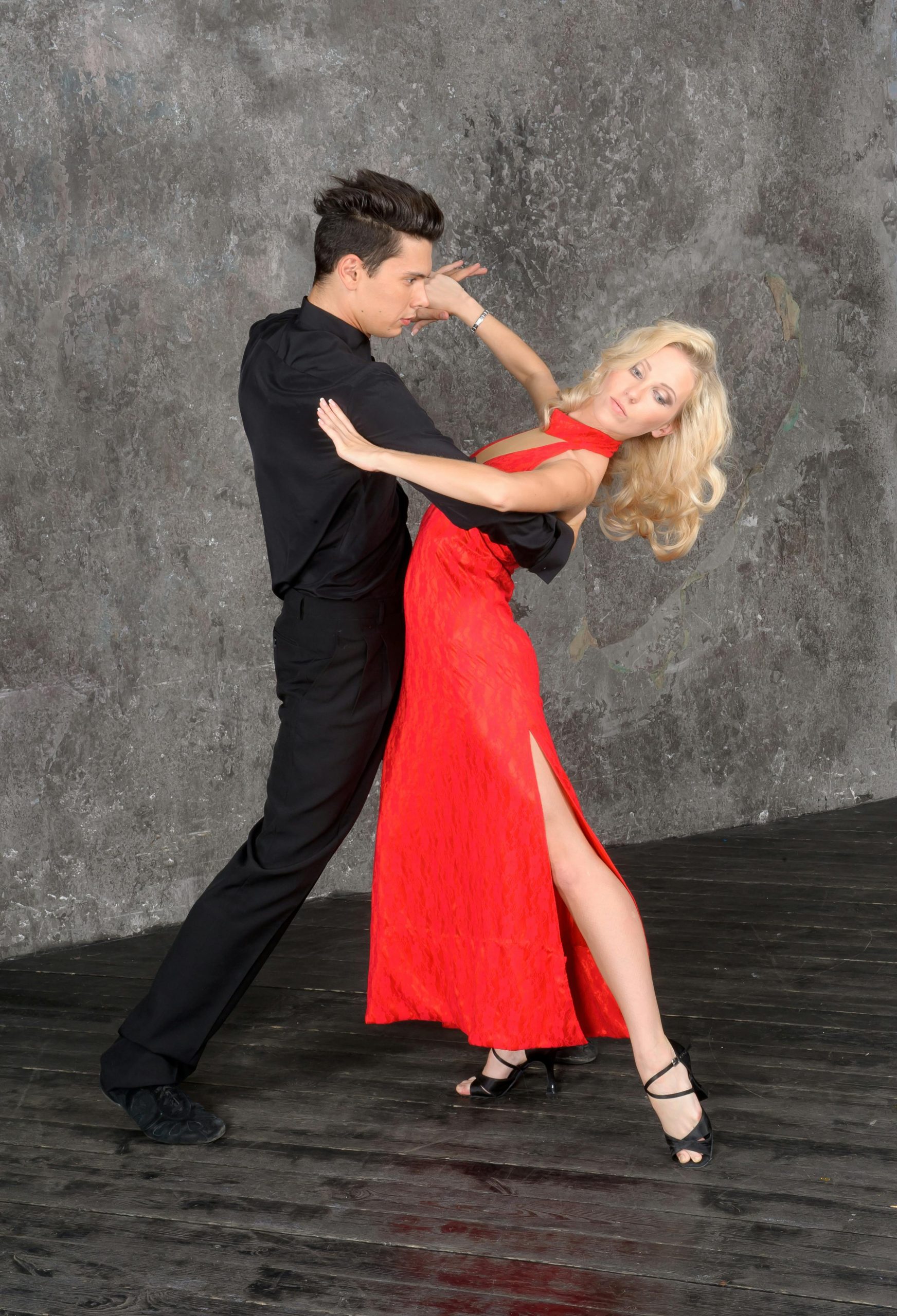Introduction:
India, a land of diverse cultures, languages, and traditions, offers a rich tapestry of traditional attire that varies significantly from one region to another. Each piece of Indian traditional clothing is not just an item of beauty but a reflection of the country’s long history, cultural beliefs, and regional characteristics. This article delves into the vibrant world of traditional Indian clothing, highlighting the significance, variety, and enduring appeal of these garments in the modern era.
The Essence of Traditional Indian Wear:
Traditional Indian clothing goes beyond mere fashion; it is an expression of identity and cultural pride. From the intricate weaving patterns of the North to the bright, block-printed fabrics of the West, each garment tells a story of its origin, the people’s lifestyle, and their artistry.
- Saree: The saree, a timeless garment, epitomizes Indian femininity and grace. This long piece of cloth, ranging from five to nine yards, is wrapped elegantly around the body and paired with a blouse. The style of draping a saree varies across regions, each with its unique charm and technique.
- Salwar Kameez: This comfortable yet stylish ensemble consists of a tunic top (kameez), pants (salwar), and a scarf (dupatta). It’s favored across the country for its versatility and has seen numerous contemporary interpretations.
- Dhoti and Kurta: The dhoti, a traditional men’s garment, is a piece of cloth wrapped around the waist and legs, often worn with a kurta. It symbolizes simplicity and is a staple for formal occasions and religious ceremonies in many parts of India.
- Sherwani: A long coat-like garment worn over a kurta, the sherwani is often the attire of choice for Indian grooms. It represents regal elegance and is adorned with intricate embroidery and embellishments.
Regional Variations and Significance:
The diversity of traditional attire in India is a testament to the country’s rich cultural mosaic. Each state and community has its distinct textile techniques, embroidery styles, and dress codes that have evolved over centuries.



- North India: Phulkari embroidery from Punjab, Pashmina shawls from Kashmir, and the elegant Chikankari work from Lucknow are iconic to this region.
- West India: Gujarat’s Bandhani and Rajasthan’s Lehariya represent the vibrant tie-dye techniques, while Maharashtra is known for the Nauvari saree.
- East India: West Bengal’s Baluchari sarees and Assam’s Muga silk are renowned for their beauty and craftsmanship.
- South India: From Tamil Nadu’s Kanjeevaram to Kerala’s Kasavu sarees, the South is celebrated for its silk and gold woven fabrics.
The Contemporary Twist:
In the face of globalization, traditional Indian attire has embraced modernity without losing its essence. Designers are experimenting with fabrics, cuts, and styles to make traditional wear appealing to the younger generation, ensuring these garments remain a cherished part of India’s cultural wardrobe. Fusion wear, which combines elements of traditional and Western clothing, is also gaining popularity, offering a stylish blend of cultural heritage and contemporary fashion.
Conclusion:
Traditional clothing in India is much more than just attire; it’s a vibrant expression of the country’s rich heritage and diverse culture. As it continues to evolve with the times, it ensures that the ancient artistry and traditions are preserved and celebrated, bridging the gap between the past and the present. In every thread and weave of traditional Indian attire lies the story of India itself – complex, diverse, and beautifully interconnected.
Through the colors, fabrics, and styles of traditional Indian clothing, we not only see the country’s cultural richness but also its ongoing dialogue between tradition and modernity, making it a fascinating study for fashion enthusiasts and cultural scholars alike.

